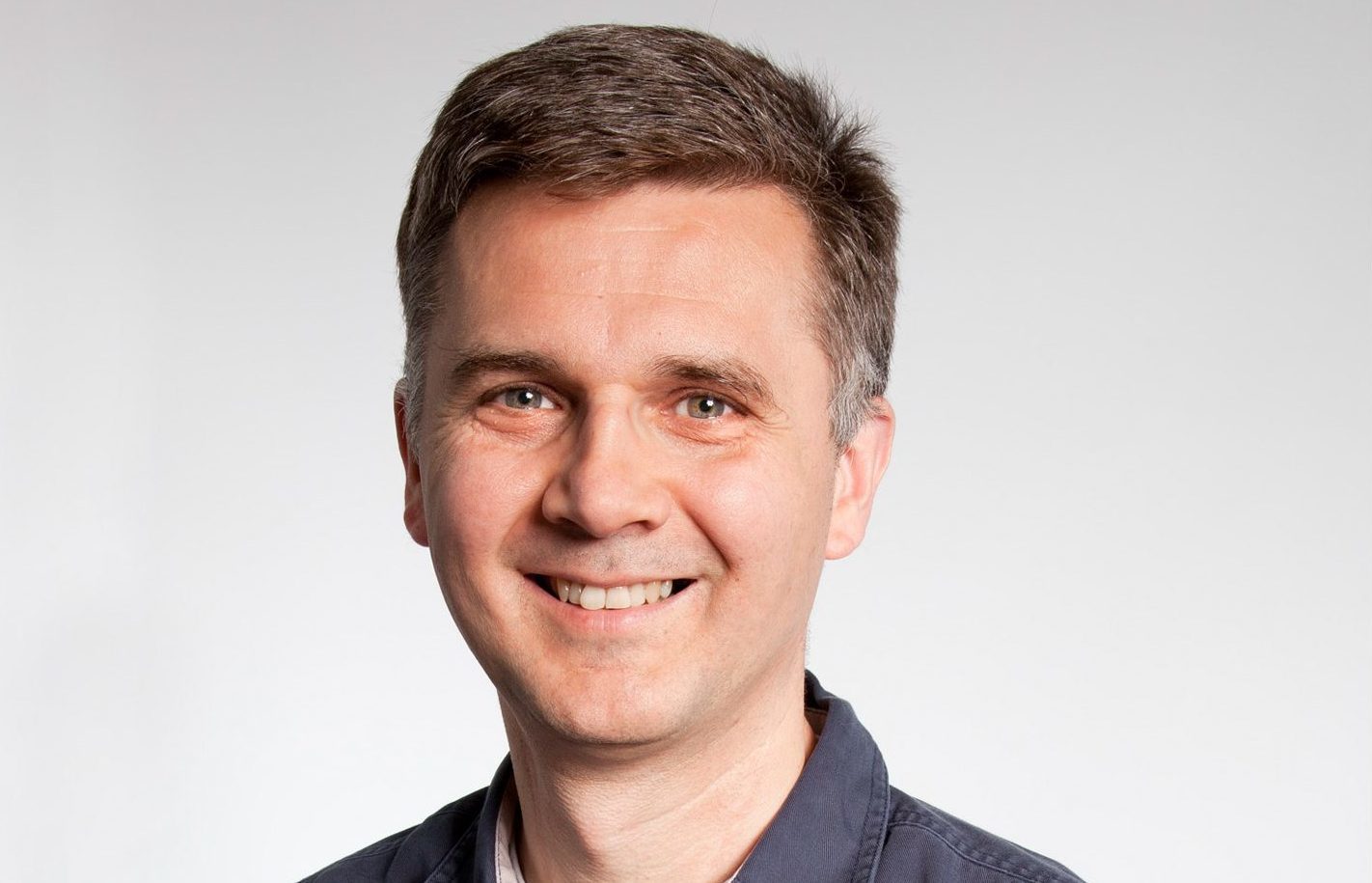Pregnant women may be consuming potentially harmful amounts of alcohol without realising, according to a new study by researchers at Dundee University.
The research found that many women had previously underrepresented the amount of alcohol they consume.
It also found that confusion over what constitutes a unit of alcohol had also contributed to some pregnant women drinking far more than they realised.
Dr Andrew Symon of the University’s Mother and Infant Research Unit warned that potentially harmful drinking could be missed without an accurate picture.
He and his team used a “retrospective diary” to record the drinking patterns of women.
They conducted one-to-one interviews with women during the mid-pregnancy stage and asked a series of questions about their drinking before they became pregnant, or before they knew they were pregnant, and during pregnancy.
The retrospective diary noted which days women drank on, the number of drinks they had on ‘drinking days’, and the type of drinks consumed.
The researchers then worked out unit consumption using this information.
When measured this way, the actual number of units estimated to have been drunk was significantly higher than when women had been asked to estimate the units they consumed.
Dr Symon said this suggests that people are often confused about what constitutes a unit of alcohol, leading to under-reporting of consumption and that the diary method gives a more complete picture of drinking patterns.
Of 510 participating women, 92 per cent drank alcohol before pregnancy and 40 per cent drank every week.
More than half recorded binge drinking – identified as more than six units on one occasion – while almost 20% reported drinking more than 14 units per week.
As delayed pregnancy recognition is not uncommon, this suggests some of the women may have been exceeding recommended levels of consumption when pregnant but unaware of it.
“There is a known link between pre-pregnancy drinking and continued drinking during pregnancy so it is important to obtain an accurate alcohol history when a pregnant woman first seeks professional support,” said Dr Symon.
“Routine antenatal assessment of alcohol history and current drinking is variable.
“Potentially harmful peri-conceptual drinking may be missed if a woman reports low or no drinking during pregnancy.
“Pregnant women should be encouraged to monitor their alcohol intake and be aware of the potential dangers of alcohol, particularly in the early weeks of pregnancy.
“What this research shows is that asking women about the units of alcohol they consume may not be the most accurate way to gauge how much is actually drunk.”
The paper has been published in the Journal of Advanced Nursing.





